MIT team proposes SCR emission control for hybrid aviation turbines; reducing NOx by 95%
Green Car Congress
JANUARY 15, 2021
Now, MIT engineers are proposing using an ammonia-based selective catalytic reduction (SCR) system that could result in an approximately 95% reduction in NO x emissions in exchange for a ~0.5% Current airplane design uses engines anchored beneath each wing. increase in block fuel burn. —Prashanth et al. Speth, Sebastian D.


















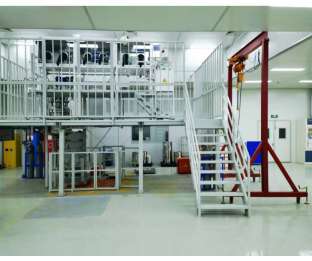




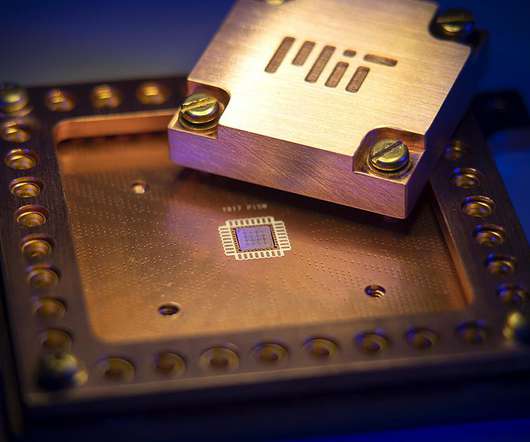



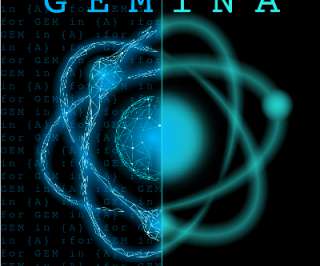

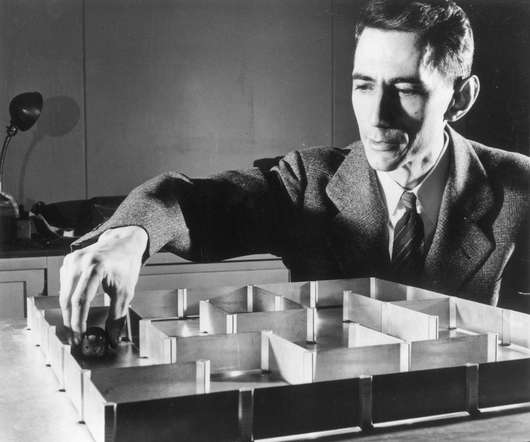
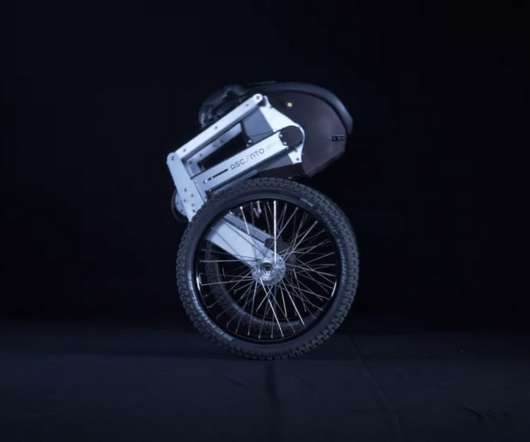

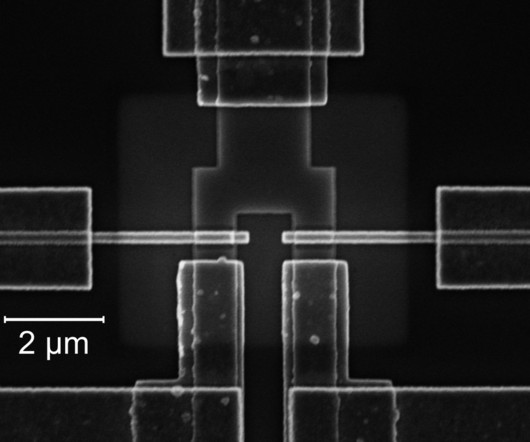

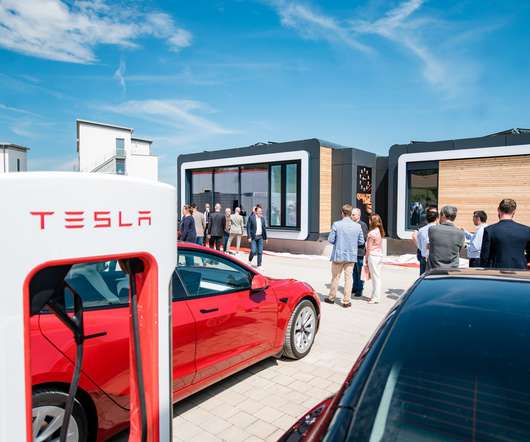







Let's personalize your content